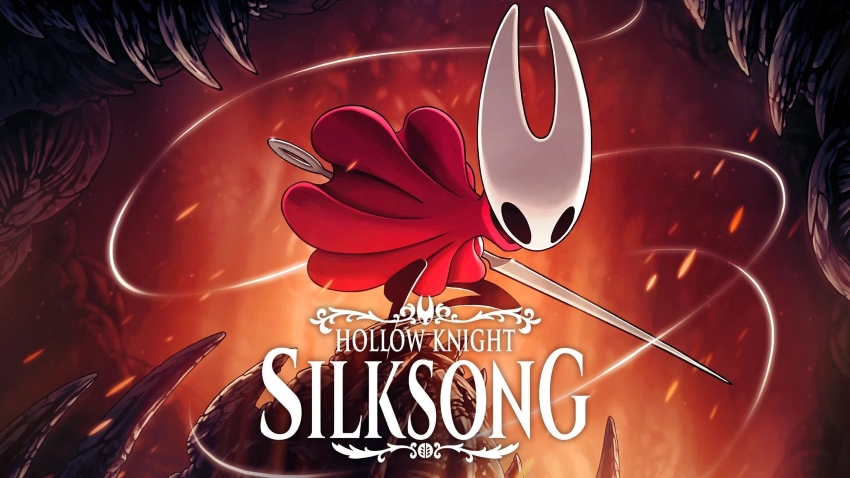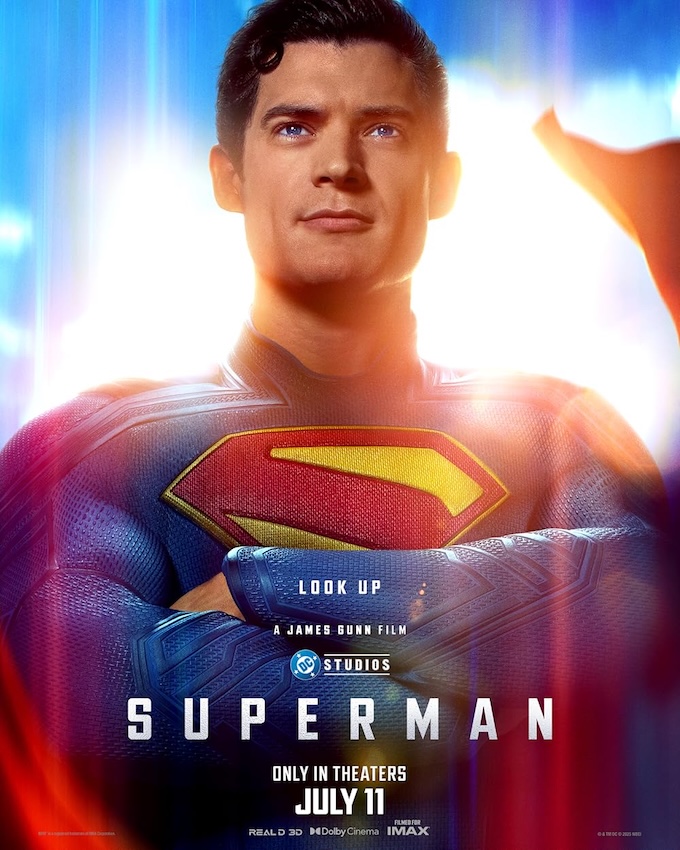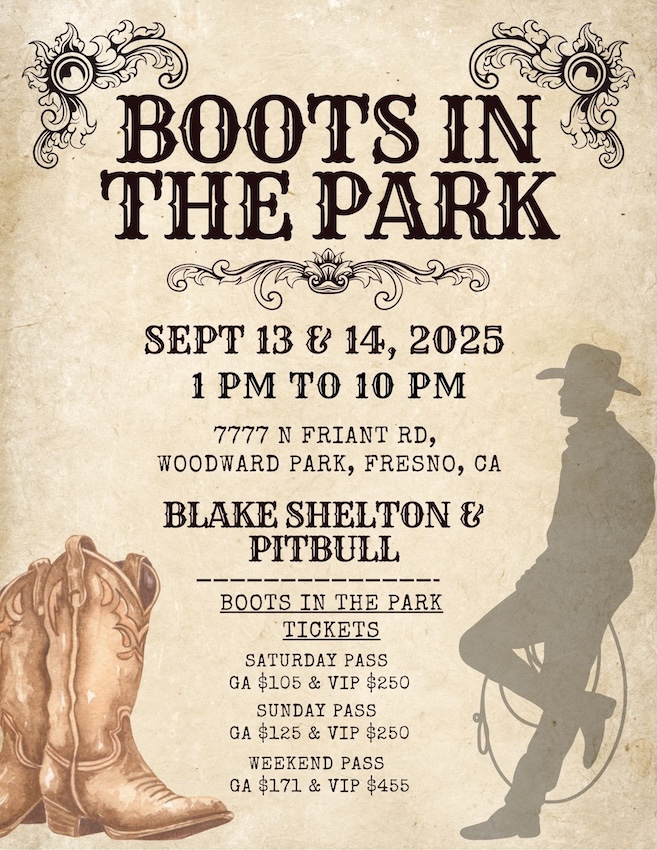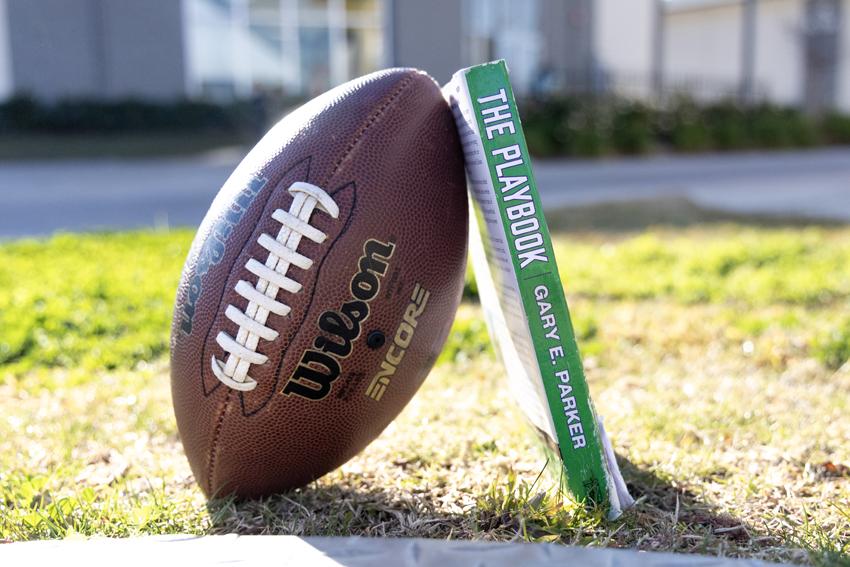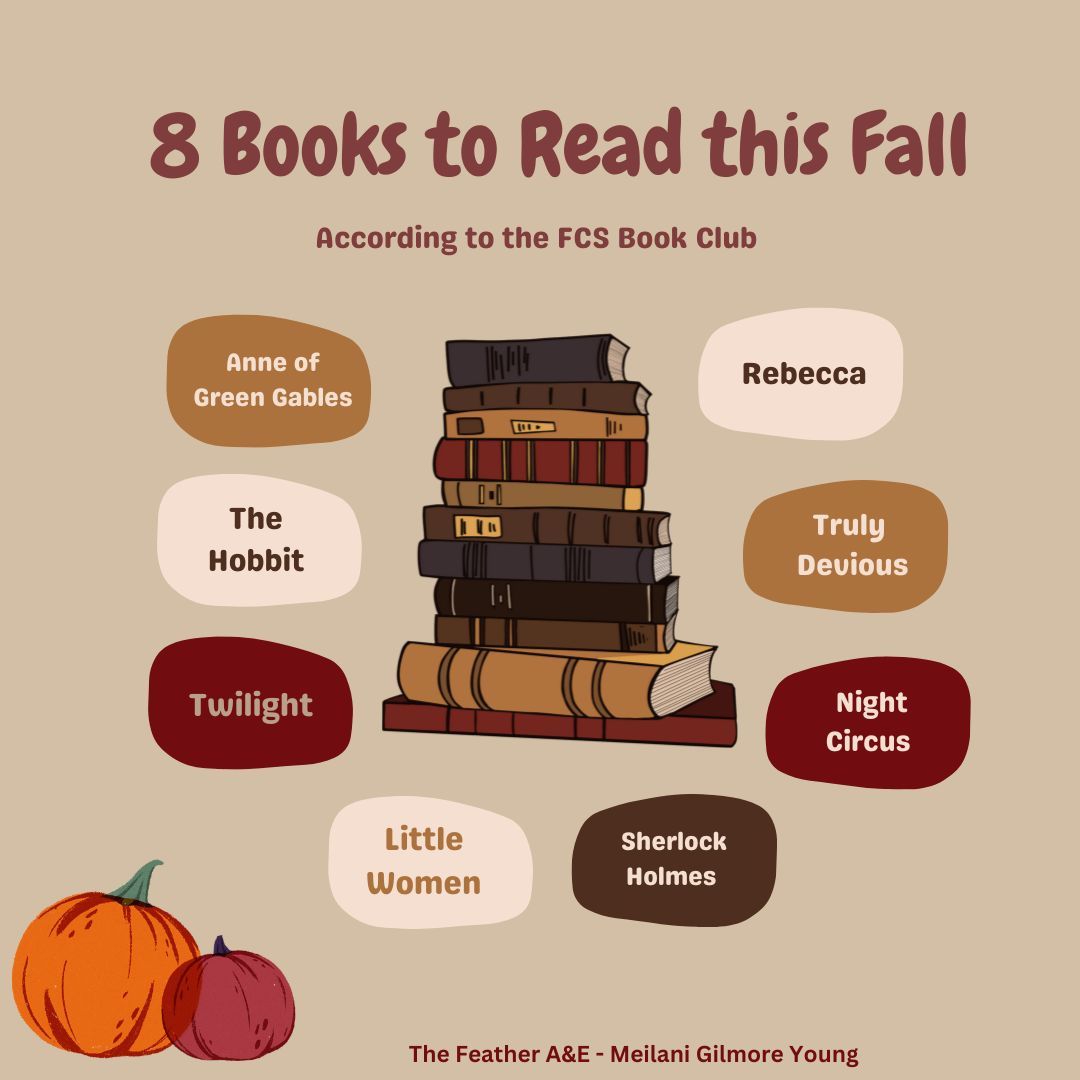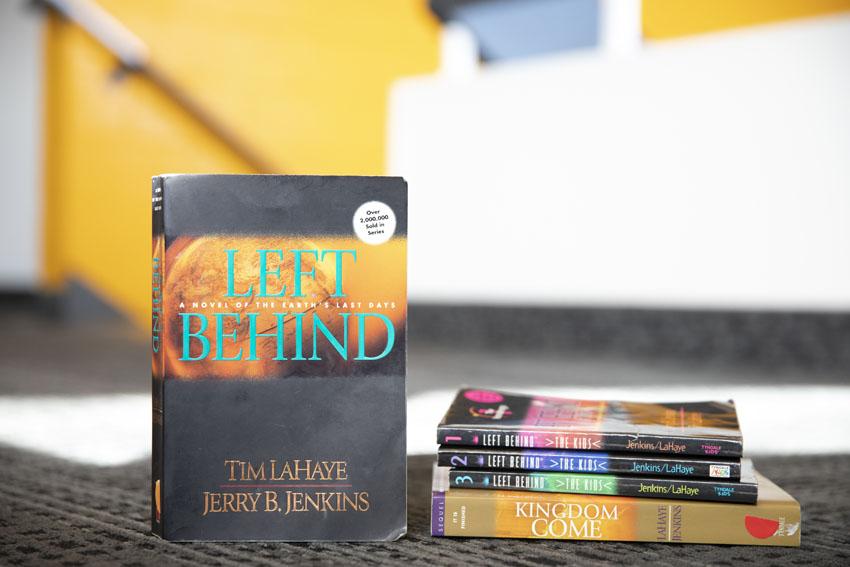Delving into police shootings, Angie Thomas’ The Hate U Give, exposes the trauma that occurs from police-related tragedies. With 91 weeks on The New York Times best-selling list, Thomas’s book strikes a chord with readers living in a time where fatal police shootings have exceeded 800 deaths every year since 2015.
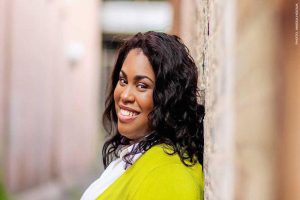
The Hate U Give follows Starr Carter, an African-American girl who lives in Garden Heights, referenced to as the ‘ghetto’. Since a young age, Starr experienced the effects of drug-use and violence in her community, starting with the absence of her father during the early years of her life.
From the beginning of the book it is immediately understood that shootings occur frequently, as Starr’s friend was killed at the age of ten in a drive-by shooting.
Since Starr’s friend’s death, she and her siblings attended a predominantly white private school an hour away from their home in order to ‘protect them’. Most violence and shootings stem from the ongoing fight between the two gangs that run Garden Heights; Starr’s stepbrother’s dad happens to be one of the gang’s leader.
The rising action starts with Starr’s presence at a party which results in her reconnecting with an old friend Khalil. Suddenly gunshots are fired through the building and everybody fleas. Starr ends up riding in Khalil’s car away from the party, and they are soon pulled over by a cop. The cop who happens to be white, comes to the window and asks for license and registration but Khalil questions the police’s motives for pulling him over. Soon he complies but continues to question the cop which results in the cop pulling him out of the car.
Khalil is patted down three times and the cop walks away to his car. Khalil asks if Starr is okay and opens the door the car door. This action causes the officer to shoot him three times.
The following tweet from the New York Times contains an article that highlights a scene from the Hate U Give movie.
Anatomy of a Scene: Children Learn a Hard Lesson in ‘The Hate U Give’ https://t.co/YfOrfIAlsz
— The New York Times (@nytimes) October 6, 2018
The story is crafted in a way that shows how though the police shooting does not directly involve the gangs, it affects all those who live in Garden Heights. The possibility is open that Starr’s testimony has ramifications that incriminate one of the gang bosses. Instead of focussing only on Starr and her close community, the book widens the view to include the rest of Garden Heights.
The story continues to show Starr’s everyday life and her friends. One of the issues that is dealt with throughout the book is Starr’s friend, who is verbally racist, but doesn’t seem to acknowledge her racism, resulting in a heated fight towards the end.
Soon Starr is questioned by detectives at the police station, leaving her with an ominous feeling. It is then decided that the cop who shot Khalil will not immediately go to jail. Eventually Starr gives her testimony privately which will be shown to the jury deciding on the officer’s case. Along the way Starr’s parents decide to move in to a better neighborhood for more safety.
Starr’s dad, a reformed gang member, takes issue with Starr’s white boyfriend after finding out about him last. Her boyfriend feels disappointed after he finds out that Starr knew the person that was shot, but they eventually make up. However, he still confronts her about being fake with him about aspects of her life.
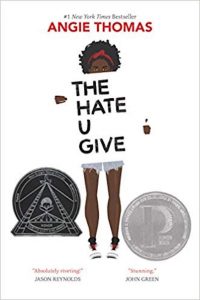
Soon Starr and a group of friends and family find themselves as part of a protest with Starr standing on top of a police car shouting through a bullhorn at nearby police. The police throw a can of tear gas at the protesters which Starr catches and throws back at the police. The police continue to throw tear gas and the protestors flee.
Throughout the book something that echos in Starr’s mind is Tupac’s interpretation of T.H.U.G L.I.F.E, although explicit, the basic meaning of the phrase is that whatever society and adults feed children and young adults comes back to bite them in the future.
One of the main struggles Starr has to battle throughout the book and even with her friends are the rumors and gossip that follow Khalil’s death. He is accused of being a drug dealer amongst other things and people use that to justify his death. She fights against the mentality that his death was acceptable due to certain circumstances.
One of the more passive issues Thomas highlights is the way Starr feels like she must act differently at home and at school in order to maintain an image. Towards the end of the book, she realizes the way her obsession with image affects those around her and hurts relationships, which correlates to a self-discovery and realization on Starr’s part.
The way the book is written not only tells you the story but also invites you to experience and feel things the way Starr perceives them. The words invoke powerful feelings that put the reader in Starr’s shoes.
Another one of the subtle things I thought was influential was the fact that Just Us for Justice (a local police accountability organization) held a discussion about police accountability at a local high school in Garden Heights. But when Starr asked to do a similar discussion at her high school she is told that it would not be necessary to do one at a predominantly white school. This helps make the realization that the mindset of black students needing to be educated instead of all races, including white students, is common.
Although a powerful book containing very relevant topics, The Hate U Give contains heavy drug elements, cussing, violence and non-explicit sexual references.
The Hate U Give can be purchased on Amazon for $12.40.
For more another book review read, Unfiltered: No Shame, No Regrets, Just Me. For another article read, Teen Struggles: The Fear of Failure.
Vijay Stephen can be reached via Twitter and via email.
[rwp_box id=”0″]


